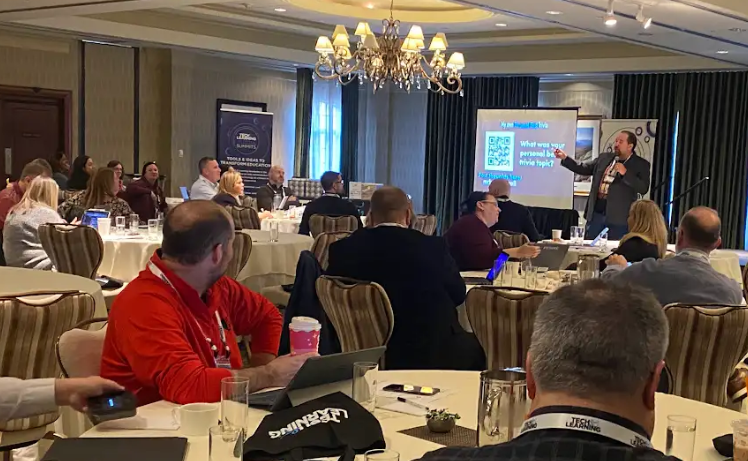For anyone who has taught, or anyone who has been taught: watch this.
Tuesday, March 16, 2010
Thursday, March 11, 2010
Hybrid Learning: The Future of Tutoring & Web 2.0
Check out Fast Company's Anya Kamenetz's response about the future of tutoring in the age of technology: http://diyubook.com
Scroll down a bit to watch it.
There is a hybrid nature of tutoring with the rise of Web 2.0 software and infrastructure. I'm a big fan of open-source, free online models of learning, but I contend that it will never - and should never - replace the face-to-face relationships that develop from live, in-person, one-on-one tutoring.
Scroll down a bit to watch it.
There is a hybrid nature of tutoring with the rise of Web 2.0 software and infrastructure. I'm a big fan of open-source, free online models of learning, but I contend that it will never - and should never - replace the face-to-face relationships that develop from live, in-person, one-on-one tutoring.
Wednesday, March 10, 2010
Making Up for losing Race to the Top
It recently became public knowledge that the state of California will not be receiving any federal money through the Department of Education's Race to the Top Fund. While this doesn't seem like front-page news at first glance, it means that California effectively lost any chance to receive over $4.3 billion in funding for education.
This couldn't come at a worse time for California. The state is slashing education budgets for school districts statewide, and the hardest hit school districts are often the ones most in need of extra support. Meanwhile, policymakers are engaged in what one San Francisco newspaper called "education squabbling," which results in an amount of inaction that isn't enabling students to access the resources that they need in order to succeed in school.
It's clear that the state of California needs some help when it comes to educating its public school students. This is where third-party partnerships come into play: California's public school districts could only benefit from forging partenerships with education nonprofits (and even quality education for-profit companies) in order to pick up the slack that's been created by shortcomings in the State's bid for more money. Programs such as the Tutorpedia Foundation's Class of One initiative (in which the neediest students are paired with their own professional tutor for an entire school year), funded by philanthropic organizations and private donations, represent the sort of collaboration that needs to happen if California is to see its public education system safely through these difficult economic times.
This couldn't come at a worse time for California. The state is slashing education budgets for school districts statewide, and the hardest hit school districts are often the ones most in need of extra support. Meanwhile, policymakers are engaged in what one San Francisco newspaper called "education squabbling," which results in an amount of inaction that isn't enabling students to access the resources that they need in order to succeed in school.
It's clear that the state of California needs some help when it comes to educating its public school students. This is where third-party partnerships come into play: California's public school districts could only benefit from forging partenerships with education nonprofits (and even quality education for-profit companies) in order to pick up the slack that's been created by shortcomings in the State's bid for more money. Programs such as the Tutorpedia Foundation's Class of One initiative (in which the neediest students are paired with their own professional tutor for an entire school year), funded by philanthropic organizations and private donations, represent the sort of collaboration that needs to happen if California is to see its public education system safely through these difficult economic times.
Subscribe to:
Comments (Atom)






